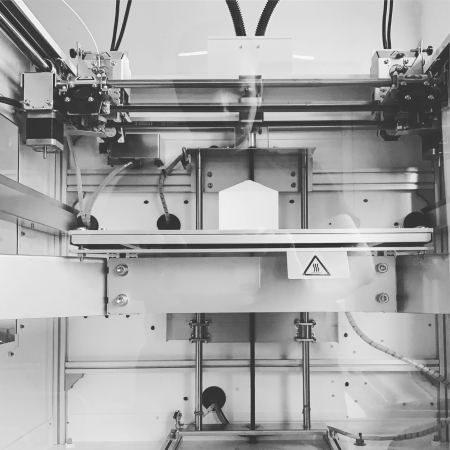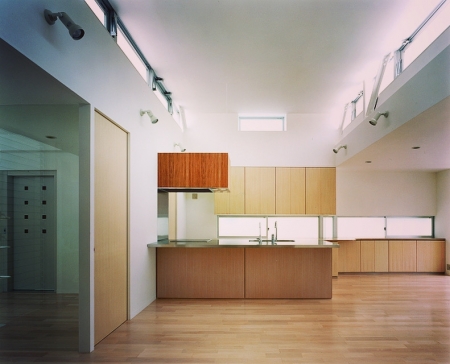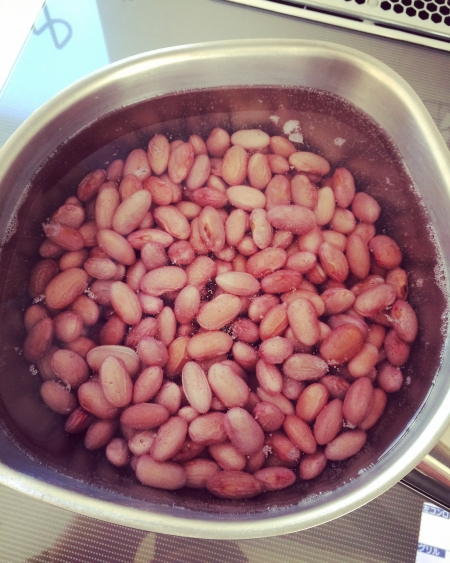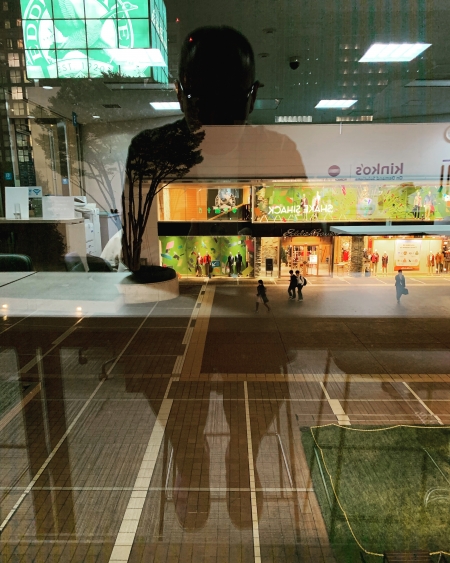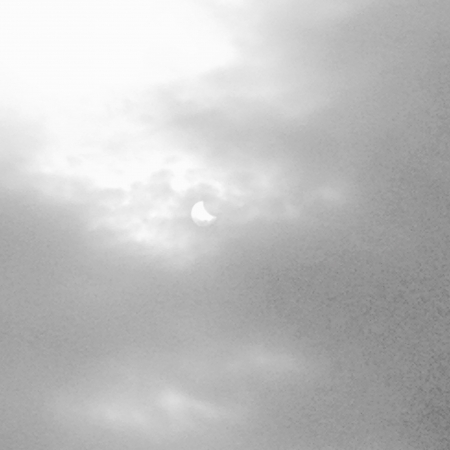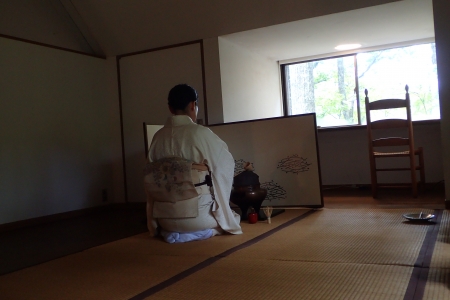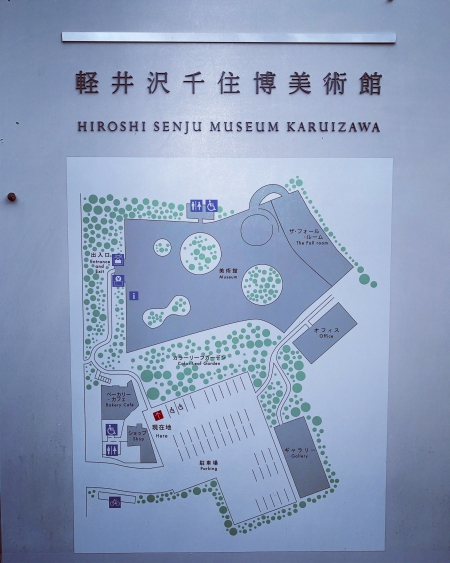バランス調整
食べている時の空間はプライベートかパブリックか、食べるという行為はとてもプライベートなことのように思えて、よく考えてみると、食べている時は無防備だし、それを人に見られるのは、結構恥ずかしいことかもしれない。
まあ、好き好んで間近で人の食べている姿をジーッと見ることもないだろうし、見られることもないから、普段はあまり感じないけれど。
ひとりで食べていたら、家でも、お店でも、プライベートな時間で、その場所は周りから切り取られたプライベートな空間になるが、誰かと一緒にいたら、一緒にいる相手によって、プライベートかパブリックかが分かれる。
ならば、それに合わせて、その時々で、時間帯とお店を選べばよいだけだが、場所を変えることができない家ではどうするか、一緒に食べる相手によって設えを変えることもあるだろう。
変化する設え、建築にとっては一番苦手なことだ、建築は変化しないからし、できないから、変化に対応できない。本来ならば、調整できればよいのだが、バランスを、プライベートかパブリックかの。
"Balance adjustment"
The space when eating is private or public, the act of eating seems like a very private thing, if you think carefully, it is defenseless when you eat and it is quite common for people to see it It may be embarrassing.
Well, I don't really like it because I don't really like watching people eating and eating up close.
If you eat alone, at home, in a shop, in private time, the place becomes a private space cut out from the surroundings, but if you are with someone, whether you are private or public depending on who you are with Divided.
If so, you only have to choose the time and shop from time to time, but what to do in a house where you can't change the place, you might change the setting depending on the person you eat together.
Changing settings, the worst thing for architecture, because architecture doesn't change and can't respond to change. Originally, it should be adjustable, but the balance is private or public.

